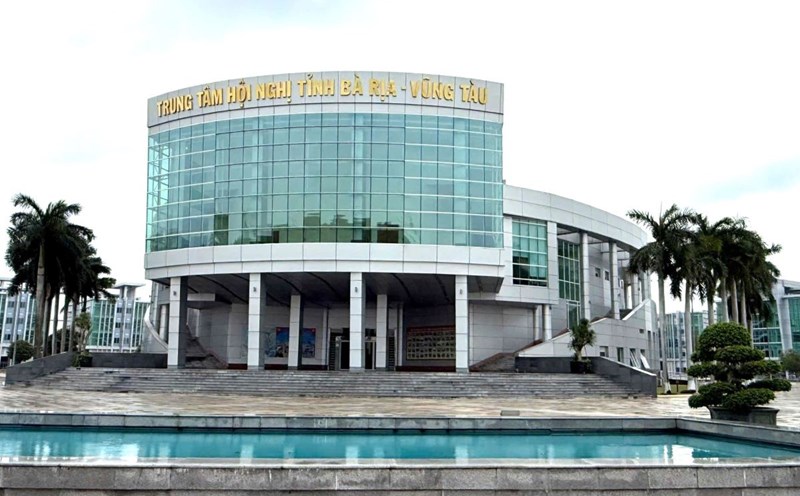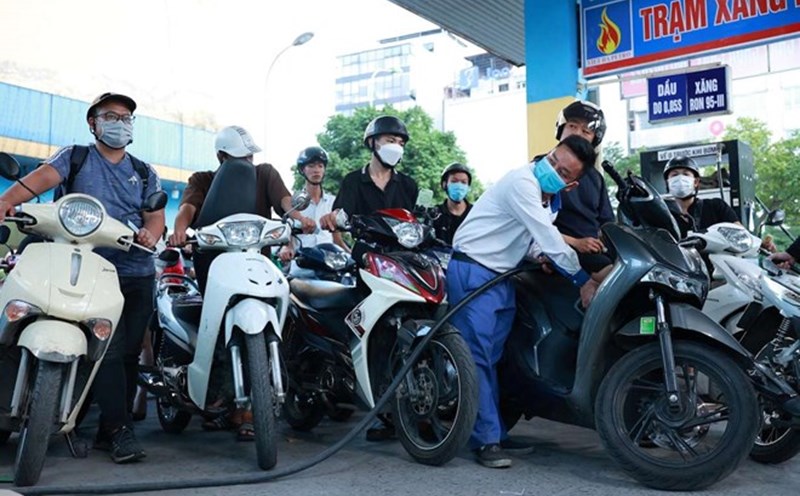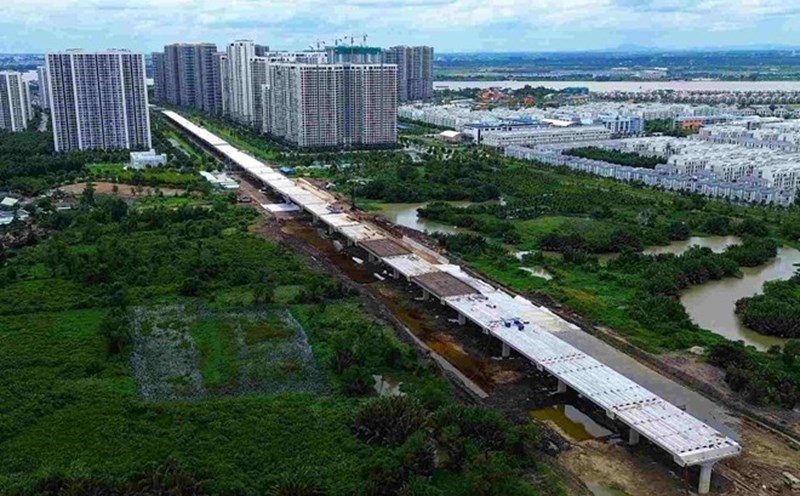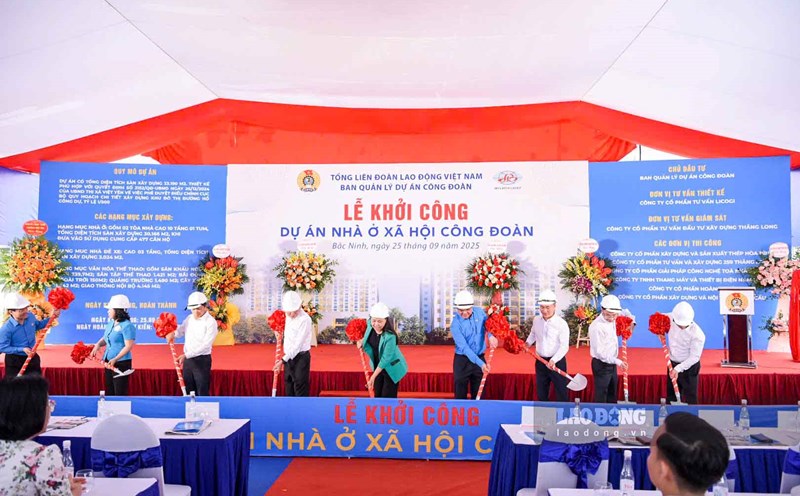Recently, the Ho Chi Minh City Department of Finance proposed to include the headquarters of the Ba Ria - Vung Tau Provincial Administrative - Political Center (formerly) in the arrangement and handling area to serve educational purposes.
According to the plan, this facility can be handed over to a number of universities in Ho Chi Minh City as a training location. This is part of the policy of prioritizing the use of surplus public offices after the merger for the education and health sectors.
According to the Ho Chi Minh City Department of Finance, many departments and branches have relocated and concentrated their work in Ho Chi Minh City, so the Center only uses a small part of the area to arrange a workplace to handle transition work.
Previously, through the review of the Department of Finance, there were 2 units in need, Pham Ngoc Thach University of Medicine and Saigon University. Of which, Pham Ngoc Thach University of Medicine is managing the use of 4 real estate facilities; while Saigon University is managing the use of 3 real estate facilities, 1 facility has been reclaimed but has not yet been allocated land in another location.
Therefore, the Department of Finance proposed a plan to arrange the headquarters of the Ba Ria - Vung Tau Provincial Administrative - Political Center (Ba Ria Ward) for Saigon University as an educational institution. And Saigon University will return the houses and land that have been assigned to be managed and used to the city.
In addition, recently, Ho Chi Minh City University of Economics (UEH) also sent a document to the People's Committee of Ho Chi Minh City and the Department of Finance approving the policy of assigning the headquarters of the Ba Ria - Vung Tau Provincial Administrative - Political Center (formerly) to the school for use in educational and training activities.
According toUEH, with the number of training increasing according to learning needs, the unit is seriously lacking in university space for learning, teaching and research. Currently, UEH owns 10.3 m2/student when the standard is 25 m2; the floor area for construction/student is 2.23 m2 when the standard is 2.8 m2... At the same time, due to a shortage of facilities, the unit has not been able to invest in research centers, laboratories with advanced equipment...
In reality, many roads around inner-city universities such as in the city center and areas with many schools are often congested during rush hour.
Dr. Tran Quang Thang - Director of the Ho Chi Minh City Institute of Economics and Management - said that converting the function of surplus public offices after the merger to schools is completely reasonable, while reducing training facilities outside the center can contribute to reducing traffic pressure. However, the effectiveness depends on many factors.
He analyzed that if the new area does not have effective public transportation, students still have to take private vehicles, putting pressure on gateway routes. The inconvenience of lecturers and students moving between facilities is also inconvenient. In addition, most students choose to live near the center for convenient studying, extra work, and entertainment; relocation can affect the choice of a student's school.
"Relocation is not simply about handing over the site, but also requires consensus and a long-term development strategy from the schools. If Ho Chi Minh City really wants to reduce the pressure of inner-city traffic through expanding educational institutions, it needs to be accompanied by strong investment in inter-regional public transport; having policies to support students and lecturers when traveling and synchronous planning between education, infrastructure and urban areas," said Dr. Tran Quang Thang.
Dr. Vo Kim Cuong - former Deputy Chief Architect of Ho Chi Minh City - said that taking advantage of the old administrative headquarters to hand over to a single university will not create much impact on urban traffic.
"A facility will not have a significant impact. To reduce traffic pressure, there must be synchronous planning and the entire system of schools and educational institutions must be rearranged," said Mr. Cuong.











